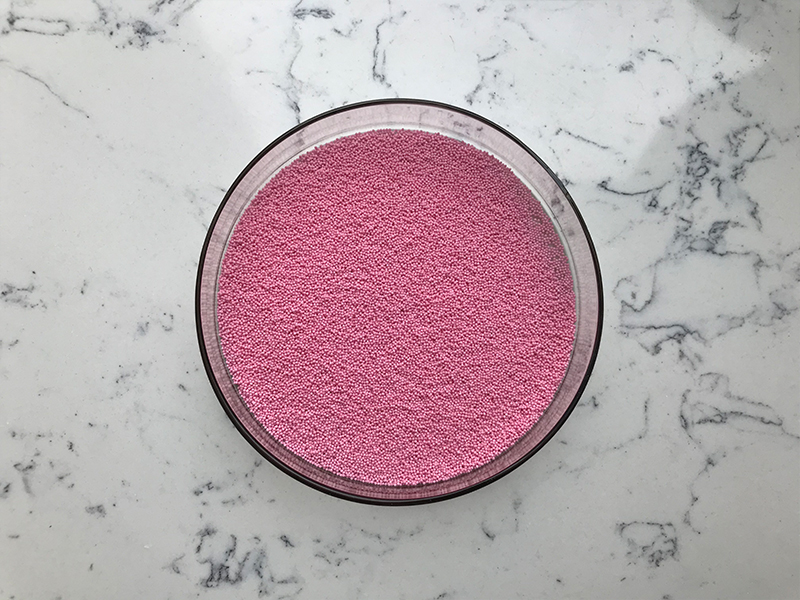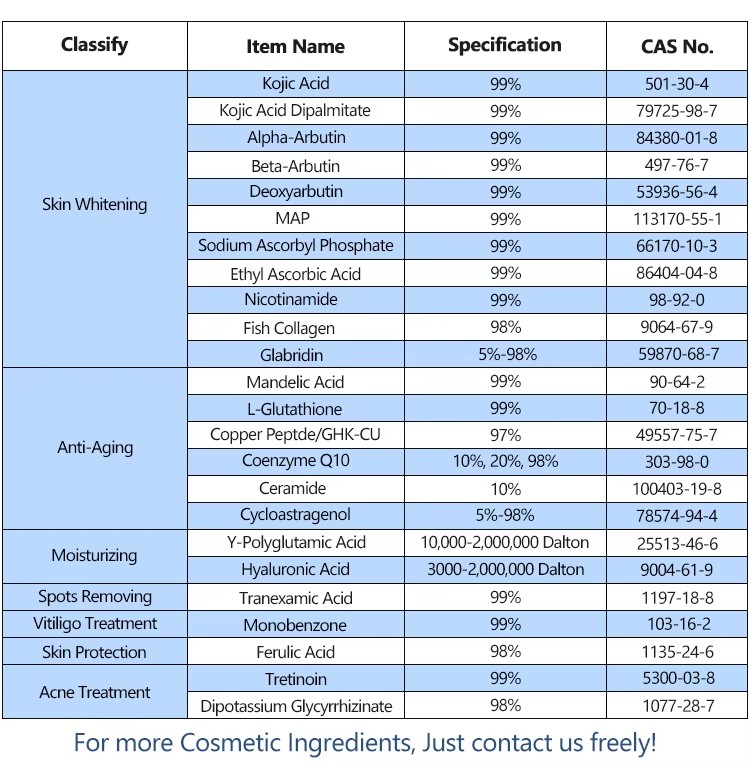Jojoba beads, also known as jojoba esters, are solid, spherical particles made from hydrogenated jojoba oil. They are widely used in cosmetic products such as scrubs, cleansers, and exfoliants due to their gentle, non-abrasive nature. Below is a detailed overview of the materials and methods used in the production of jojoba beads:
Materials of Jojoba Beads
1.Jojoba Oil:
Source: Extracted from the seeds of the jojoba plant (Simmondsia chinensis).
Properties: Jojoba oil is a liquid wax ester that closely resembles the sebum produced by human skin. It is rich in fatty acids, vitamin E, and other antioxidants.
2.Hydrogenation Catalyst:
Common Catalysts: Nickel, palladium, or platinum are often used to catalyze the hydrogenation process.
Purpose: Facilitates the addition of hydrogen to the unsaturated bonds in jojoba oil, converting it from a liquid to a solid state.

Methods of Jojoba Beads
1.Extraction of Jojoba Oil:
Mechanical Pressing: Seeds are mechanically pressed to extract the oil.
Solvent Extraction: Sometimes solvents like hexane are used to increase the yield, followed by solvent removal.
2.Hydrogenation:
Process: Jojoba oil is subjected to hydrogen gas in the presence of a catalyst at high pressure and temperature.
Outcome: The unsaturated bonds in the jojoba oil are hydrogenated, resulting in a fully saturated, solid wax.
3.Cooling and Solidification:
Cooling: The hydrogenated jojoba oil is cooled to solidify into a waxy substance.
Solidification: The solid wax is then further processed into fine particles.
4.Bead Formation:
Particle Size Reduction: The solid wax is ground into fine particles and passed through sieves to achieve uniform size.
Spheronization: The particles are shaped into uniform spherical beads using techniques like extrusion and spheronization.
5.Screening and Sieving:
Size Selection: The beads are screened and sieved to ensure uniform particle size, typically ranging from 100 to 500 microns.
6.Quality Control:
Purity Testing: Beads are tested for any residual catalyst, contaminants, or impurities.
Consistency Check: Uniformity in size, shape, and texture is checked to ensure high-quality beads.
Applications in Cosmetics of Jojoba Beads
Exfoliants: Used in facial and body scrubs to gently exfoliate the skin without causing micro-tears or irritation.
Cleansers: Added to cleansing products to provide gentle exfoliation and improve skin texture.
Moisturizers: Occasionally used in moisturizers and lotions for their emollient properties.

Environmental and Safety Considerations
Biodegradability: Jojoba beads are biodegradable and an eco-friendly alternative to plastic microbeads.
Safety: They are non-toxic, non-irritating, and safe for use in various personal care products.
Summary
Jojoba beads are produced through a meticulous process that begins with the extraction and hydrogenation of jojoba oil, followed by cooling, solidification, particle size reduction, spheronization, and quality control. These beads are valued in the cosmetic industry for their gentle exfoliating properties and environmental benefits.
